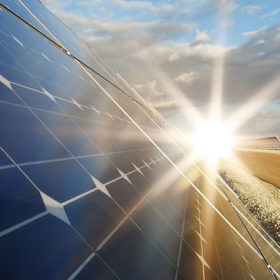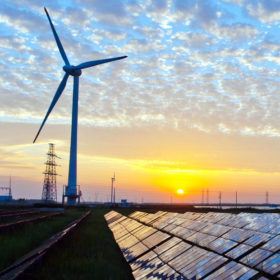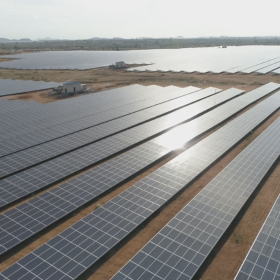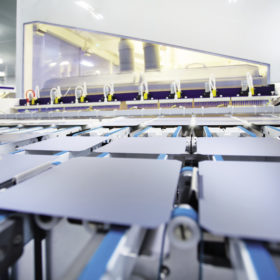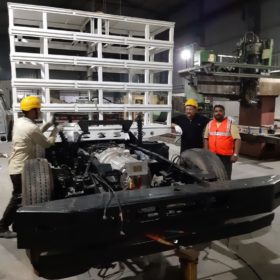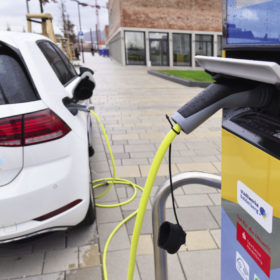UK’s Power Roll signs up Thermax to manufacture solar films in India
The UK-based flexible solar film developer is expanding into the Indian market with Thermax as its market development and manufacturing partner.
Viridian Solar unveils roof-integrated solar panels with power of 335/340 W
The new devices feature efficiencies ranging from 20.7-21%. The panels are said to be compatible with a wide range of slates and tiles, include special fixings for different batten thicknesses, and achieve the highest fire rating and wind resistance without modifications to the roof.
Renewables developer Ayana hits $721 million in equity funding with fresh injection
The Indian renewables platform’s promoters have committed additional equity funding of $390 million, taking the total to $721 million. National Investment and Infrastructure Fund (NIIF), accounting for $284 million of the new injection, becomes the majority shareholder now. U.K. government-owned development finance institution CDC Group and UK-India Green Growth Equity Fund (GGEF) have committed $70 million and $36 million, respectively.
India ranked the world’s most attractive solar PV market by Ernst & Young
The nation has earned the highest score of 62.7 in terms of attractiveness for solar PV investment and deployment in the latest ranking of top 40 countries by Ernst & Young.
UK’s WiseEnergy bags deal to manage 550MWp Indian solar assets
WiseEnergy will provide asset management services for the four solar plants in Madhya Pradesh and Andhra Pradesh that UK-based equity investor Actis acquired from Indian developer Acme Solar recently.
BP commits $70m to UK-India green growth fund
The fossil fuel company will become a partner in the fund, which invests in clean energy projects.
UK investor NextEnergy acquires 27.4 MWp solar project in Odisha
The plant—constructed and operated by Germany-headquartered IBC Solar Energy—is NextEnergy’s first investment in India as part of its strategy to acquire ready-to-build or operational solar projects across high-growth international markets.
The long read: Criteria and implications for gallium-doping
As a remedy for light-induced degradation (LID) in crystalline silicon cells, gallium-doped wafers are showing considerable promise. With reports that ingot growth productivity can rival that of boron doping, it seems that gallium doping may now be able to meet the cost, integration and performance criteria that have informed solar manufacturing technology adoption, writes Alex Barrows, senior research analyst at U.K.-based consultancy Exawatt.
India’s IPLTech to use Faradion sodium-ion batteries for commercial vehicles
The Gurgaon-based data-driven fleet service provider—which launched India’s first all-electric heavy-duty truck last year—will use Faradion’s sodium-ion batteries in its commercial vehicles.
UK based Faradion to start sodium-ion battery manufacturing in India
The sodium-ion battery technology developer has bagged its first order from ICM Australia and is looking at India as the next destination for manufacturing with the initial target set as 1 GWh.


